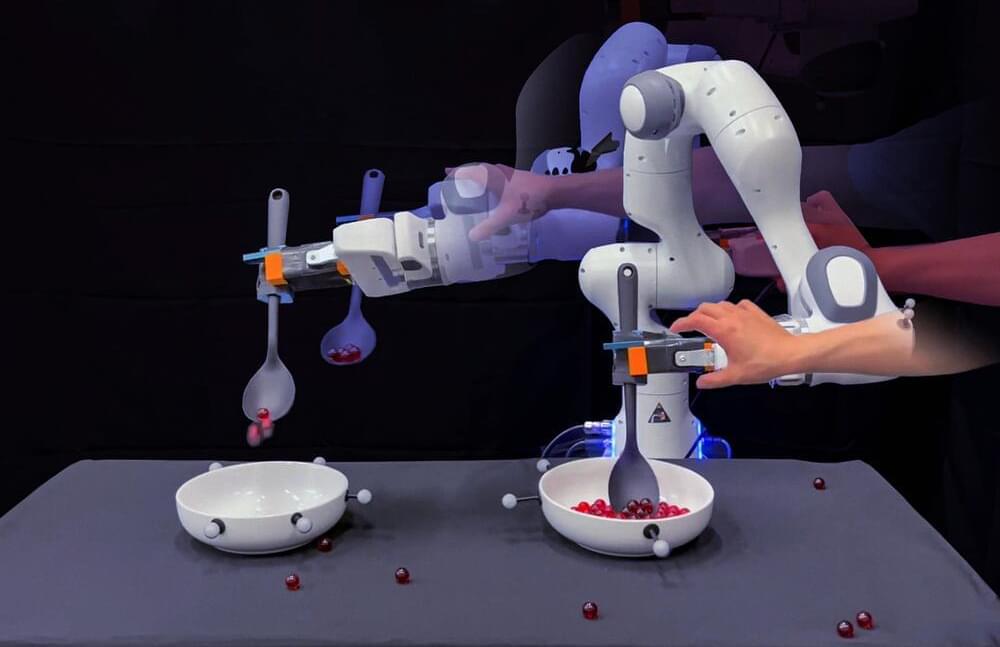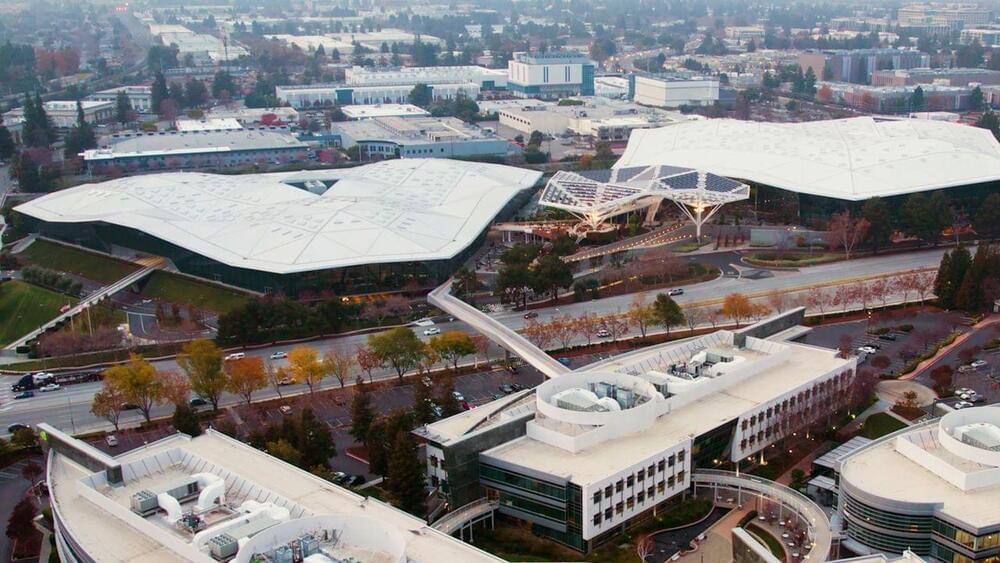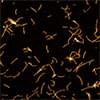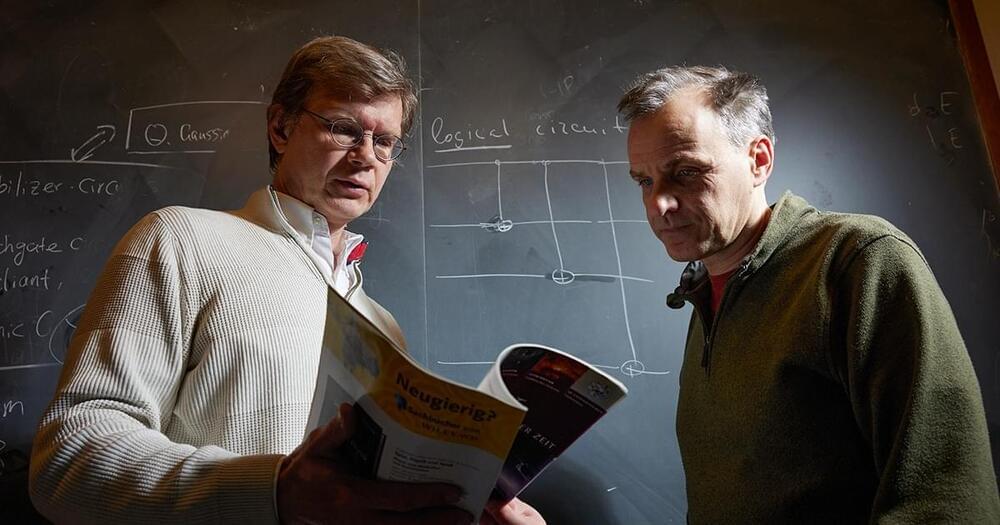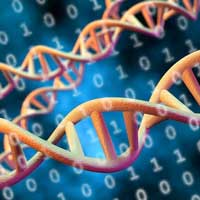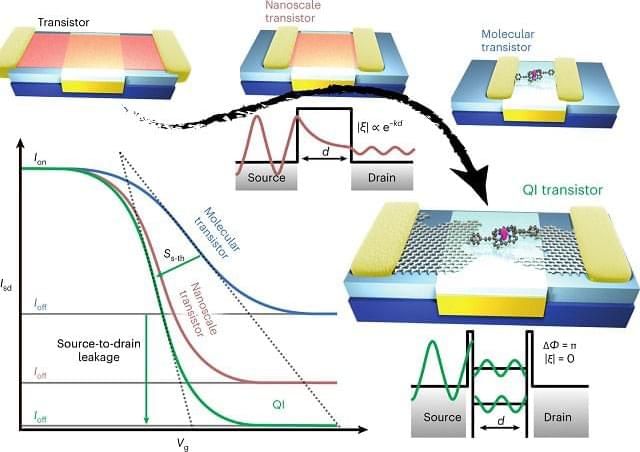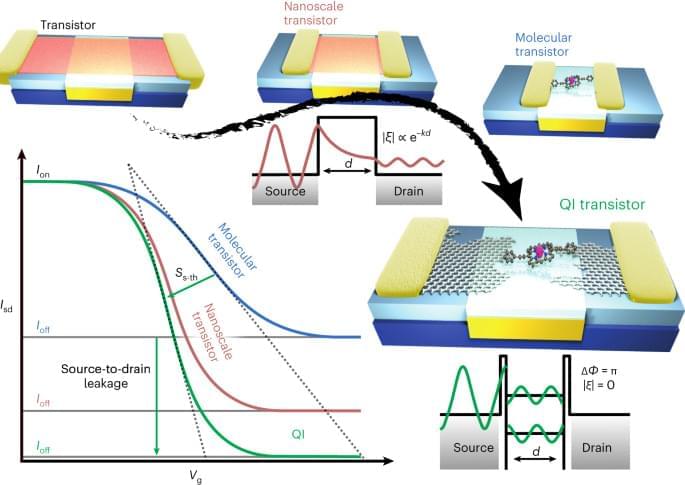Mar 26, 2024
The Deepest We Have Ever Seen Into the Sun | SDO 4K
Posted by Teresa Lynn in category: space
How viewing the Sun in ultraviolet can uncover its secrets. Get a 20% discount on your next VisiSolar purchase when you use this link: https://bit.ly/49G6XhX
Astrum Podcast: https://www.buzzsprout.com/2250635/share.
Displate Posters: https://displate.com/promo/astrum?art…
Astrum Merch! https://astrum-shop.fourthwall.com/
Join us on the Astrum discord: / discord.
SUBSCRIBE for more videos about our other planets.
Subscribe! http://goo.gl/WX4iMN
Facebook! http://goo.gl/uaOlWW
Twitter! http://goo.gl/VCfejs.
Continue reading “The Deepest We Have Ever Seen Into the Sun | SDO 4K” »


